Lesovik is a mythical East Slavic creature who, in the form of a forest demon, protects the forest in a sometimes radical way from intruders. Hammockers also know that this is a very interesting and progressive Polish manufacturer of outdoor hammocks and accessories. It has to be admitted that the Lesovik brand is still relatively unknown among the wider public, and it's a bit of a shame, because its hammocks stand out for their reliability, quality and very environmentally friendly production, which is the result of careful, long-term work, but also the conviction of the brand's founders about how sustainable production can be done. But let's ask Rafał Palowski, the founder of the Lesovik brand, directly about all this.
Hi, Rafal, thank you in advance for making this interview possible for bikepacking.cz readers. Let’s go straight to the first question. How did you come up with the name Lesovik?
Hello everyone! Thanks for the nice introduction and the opportunity to share some insights.
The name itself is an extension of our personal relationship with nature. According to Slavic legends, Leshy/Lesovik was a righteous judge of human behavior. Anyone who entered the forest with evil deeds to his credit or a corrupt heart was quickly punished by the guardian god, who muddled his path, summoned dark and stormy weather, or set a pack of demonic wolves upon him. On the other hand, those with a pure and humble heart would be rewarded by Leshy with a forest clearing full of sweet fruits, witness the wonders of nature, and possibly have a very pleasant time. This is exactly what we (my wife Gosia and I) personally learned about nature. Every time we carelessly challenged a mountain pass, we had to retreat because of a storm, but once we traveled with enough humility and true wonder, we were always lucky and experienced joy, as if nature itself helped us in return. So we decided to take Lesia as our guardian.
Bikepacking with hammock in Poland on photo by @bushcraft.jack.
Did you and Gosia have a clear idea when you started the company that you wanted to make hammocks?
To be perfectly honest, we didn’t. We didn’t have a clear plan. Hammocks were initially just a hobby when I started sewing them during my student years. Thanks to my design urge to seek more efficiency, better quality, my first hammock designs gradually evolved into lighter, more comfortable and more precisely made ones. The important thing was that I was getting better. That period was also interesting, because I didn’t even know that there were outdoor hammocks in addition to traditional hammocks. My friends, and then friends of my friends, started asking me to make hammocks for them. I guess that was the moment that made Gosia and me realise that if hammock camping suited my friends and other people, then it would be a good universal and practical solution. It was a sign for us that we should take that step and officially start production. And that’s what ended up happening.
People were amazed that a hammock could be light enough, but they didn’t believe at all that it could also carry 250+ kg of weight.
What was the response after the launch of your first hammock under the Lesovik brand? Were people in Poland ready for something other than a tent?
The first official hammock branded with Lesovik was DUCH. It is the same model that we still produce today, only with slight changes in the materials of the suspensions. At the time of DUCH’s launch in 2013, hammocks were non-existent on the Polish outdoor market. Only hammocks from Ticket To The Moon were available, but not in the context of woodcamping. At that time hammocks on the Polish market were considered only as a leisure accessory, certainly not as an alternative to a tent. DD Hammocks was also taking its first steps back then, but it was mostly distributed via forums. First impressions were enthusiastic. People were amazed that a hammock could be light enough, but they didn’t believe at all that it could also carry 250+ kg of weight. They were also very confused by the size of the packed product. I remember one guy meeting me to collect his order and once I handed him the packed DUCH, he kept staring at me asking where’s the actual hammock, because he though I gave him only the suspension system. 🙂
And if people were ready for something other than a tent? Yes and no. On the one hand, the “having something different” factor was appealing, but on the other hand, force of habit (the habit of using tents) made progress very slow. We were able to sell hammocks mainly because of our personal experiences and then because of recommendations from our friends. Only in this way were people able to see hammocks as an alternative to tents.
I don’t want to stir up the markets with massive paid promotion. It’s the same as not wanting to climb a mountain pass quickly and aggressively, because too much ambition can easily bring you down.
However, it seems that Lesovik is already starting to be perceived as one of the renowned European brands. At least in some countries in Western Europe you are quite well known. How do you see it? Where do you think Lesovik has succeeded, and where do you still have a lot of work to do?
I am always surprised when I hear that Lesovik is known outside Poland. Here in our country the situation is clear: we have pretty good coverage. We are present in some outdoor magazines, at summer festivals, the biggest outdoor stores sell our products and we are discussed in many Facebook groups. But I can’t be fully aware of what is happening outside Poland. I am always happy to hear such news, especially when it comes from users. I think it’s very positive because it’s an organic, natural way of spreading brand awareness. I don’t want to stir up the markets with massive paid promotion. It’s the same as not wanting to climb a mountain pass quickly and aggressively, because too much ambition can easily bring you down.
Our biggest international successes have come from Denmark (where we signed our first major retail partner) and the Netherlands (where a single person running the Tikaani Outdoor School doubles sales every season). Now we want to expand more in the Czechia, Slovenia, Germany and Sweden as well. By the way, in the Czechia we are starting to see promising cooperation with nalehko.com, which has our complete range on offer from this year 2022.
Spain as experienced by cyclist and traveller @samisauri. In the photo, notice the lightest SUL hammock including Otul Air down insulation, which was developed in collaboration with another Polish brand PAJAK.
Summertime by the fastest woman of Race Through Poland 2018 @iza.jedzie. Photo: @marys_marcepan.
Mike Hollkamp from the Netherlands, owner of Tikaani Outdoor bushcraft.
Well, that’s great, we hope it works out. Rafal, who’s behind the color selection at Lesovik? I have to admit that the shades of green olive, Baltic blue or pine amber look very fresh, yet as if they have always belonged to nature. It’s good to see something other than the traditional camouflage from time to time.
Thank you, I’m very grateful to hear that. Despite our background in survival/military style (I was heavily inspired by surplus military gear in early years) I wanted to incorporate more joy into Lesovik products, and you really can’t do that when you’re limited to olive, brown and black. 🙂 All the design work is in my hands (with the exception of the LAB project, where experimental products are developed by the great designer Andrzej Ambroz). I try to maneuver somewhere between calm, natural colors. I’m all about keeping the vibrancy of emotions that we can feel when we go out and live freely. We don’t want “screaming” neon colors that contrast with the surrounding nature. For our current colour selection, we took an inspiring trip to Estonia in 2019 and visited the island of Hiiumaa. This trip made a big impact on us – in a good way. There we opted for Baltic blue and pine amber. And olive green? That’s a legacy from our beginnings, but it’s already perfectly balanced. It’s neither “neon” nor a muted green.
Three colors of Lesovik: Baltic Blue, Pine Amber, Olive Green.
I can reveal that the color selection process for 2023 is currently underway. As this will be the tenth anniversary of the company, I would like to take this opportunity to pay tribute to our history and our roots. I draw my main inspiration from the Polish Beskids, where I come from. The second area of inspiration is our early attempts to bring more “bold” colours to the market influenced by survival military themes.
Comparison of the efficiency of two different hammock packing systems and the time spent hanging and assembling the same set packed into a LARVA.
Lesovik LAB Project – Sketch of the LARVA oversized stuff sack for carrying your complete hammock camping setup.
I hate the toxic masculinity and femininity, the cult of macho, chauvinism and sexism so present in certain communities. These are the main reasons why we at Lesovik decided to offer this special edition of the DUCH Rainbow Pride hammock. The funds we raised were donated to the Campaign Against Homophobia.
The limited edition DUCH hammock, which refers to the LGBT community, can now be ordered on your website. What gave you the idea?
In recent years, the situation of the LGBT community in Poland has been getting worse and worse. Our country is ranked as the least LGBT-friendly (or in this case: the most LGBT antagonistic) of all EU countries. Here I will take the liberty to quote directly Mirosława Makuchowska, the vice-president of the Campaign Against Homophobia: “Within a few years, the previous positive trend of growing acceptance has been completely overturned by widespread aggressive homophobic and transphobic propaganda. The observed changes are a devastating consequence of the public crackdown on LGBT people by right-wing politicians during the last election campaign, assisted by radical clerical and fundamentalist organisations. As a result, we are increasingly experiencing depression, violence and exclusion, which make it much more difficult to function in our environment.”
Secondly, we know from our own experience and observation that unimaginable levels of hatred, sometimes disguised as “mere jokes”, are being spread across discussion groups and during live meetings.
And I’m just sick of it, just as I hate the toxic masculinity and femininity, the cult of macho, chauvinism and sexism so present in certain communities. These are the main reasons why we at Lesovik decided to offer this special edition of the DUCH Rainbow Pride hammock. The funds we raised were donated to the Campaign Against Homophobia.
Those interested in the details of the 2019-2020 study on issues facing the Polish LGBTA community can check out the latest Polish report.
Besides standard hammocks, Lesovik also targets the ultralight enthusiast community, where you specifically offer the SUL hammock. What would you say about it and how do you think it stands up to the competition?
Ultralight is the natural choice if the ambition is to go far and fast. When I take part in an ultradistance cycling race, each 100g is equivalent to one fully nutritious meal. I.e. for long-distance hiking, the daily value of a nutritious meal is around 500 g. Some of the trails I have hiked in my life would be virtually impossible to complete if I did them with heavy-duty solutions. For example, hiking Sweden’s Kungsleden or cycling Spain’s Badlands ultra-gravel race would otherwise be impossible for me personally.
Our ultralight hammock is the SUL (and its predecessor UL2): it’s the lightest but not “stupidly light” hammock in the world, and we’re able to offer it using affordable materials and technology, making it accessible to all. By ‘stupidly light’, I am referring mainly to unfair practices on the market, where some of the biggest brands have deceived customers with hammocks weighing 120 g, but this weight has been achieved by literally shortening the hammock to unusable dimensions (first STS Monolite hammock was 240 cm long and the brand ‘forgot’ to include the suspension system, which adds up to 400 g for the set), or by choosing fabric that could only be used for sleeping bags. So there’s the SUL: a full-size hammock measuring 300×145 cm, made from a super-breathable continuous-fibre fabric called Monofil and with a complete Whoopie Slings suspension system, including 20mm wide tree loops and aluminium pins instead of standard carabiners. This, by the way, was the most sensible choice I could have made. I could have used Dyneema straps and titanium clips, but then the price would have climbed insanely high. And I didn’t want that.
Lesovik SUL – in 2021 one of the lightest hammocks in the world.
My own Polish translation of the word “ridgeline” (“cięciwa” – bowstring), which had no comparable translation at the time, is now widely used and accepted as standard terminology.
Rafal, the Draka hammock is definitely at the top of your hammock range. How did it evolve and would you recommend it for year-round travel?
I’m proud of DRAKA because of it’s superb ergonomy, carefully selected details and prime execution of the sewing process. DRAKA is a complete system that offers the user almost everything he could ask for in a hammock. The fabric is breathable, practically does not stretch and the sleeping space is very wide. The mosquito net is finished with a custom-made, double-sided removable zipper. At the time we launched DRAKA, it was the only hammock with a fully removable mosquito net in Poland. As of 2018, we are constantly evolving DRAKA, but most of the time these are minor updates, such as changing the angles of the side pulls, choosing more effective elastic cords, using the right colors of plastic elements for better usability. Believe me, there is a long list of small details that in sum make a great product, but that’s material for a whole new article.
Yes, I would recommend this hammock for year round trips. It’s a personal oasis of calm and comfort after a long ride, and you can trust me to use the DRAKA on my non-racing ultralight bikepacking trips, like my Latvia-Estonia route and back in 6 days last summer. I never had any problems with using this hammock, not a single obstacle occurred and the experience was seamless even after a 260 km ride in one day. You can probably imagine the extent of my fatigue and I was really glad that the Draka was my friend throughout.
My personal lineup for non-racing bikepacking is DRAKA + HEKSA + LARVA + HUBA + OTUL Lite. That’s how I ride most often.
Flagship of Lesovik – DRAKA hammock.
But there is one more product that I would like to mention in connection with Lesovik, which is definitely something special. Although it might seem that there is nothing special about the basic synthetic hammock insulation today, it was Lesovik that in 2015 really introduced a novelty and nowadays a standard on the Polish market in the form of OTUL insulation for hammocks. Shortly after the launch, the term OTUL even became a permanent fixture in Poland as a label for any insulation from other manufacturers. But our direct influence on the market does not end there. My own Polish translation of the word “ridgeline” (“cięciwa” – bowstring), which had no comparable translation at the time, is now widely used and accepted as standard terminology. We were also the first brand to introduce Dyneema splicing to the general audience.
To follow up on previous questions. What complete hammock and sail setup would you recommend for ultralight racing?
For ultralight distance bike race I always choose SUL (300 g) + HEKSA (505 g) + air mattress instead of underquilt. I take the air mattress because in some stages there is no possibility to hang the hammock. In other words, I only take a mininum for a still comfortable sleep. If you are sure about the possibility of hanging a hammock and you are not racing, it is definitely better to use OTUL Air insulation (350 g) and leave the sleeping pad at home.
Do you also collaborate with other companies in the development of your products?
Yes, I like the idea of combining knowledge and experience to create something new. By using the best of two companies, we can achieve something that would be completely unattainable if we were working alone. and I don’t think it’s a wise choice trying to reinvent the wheel when your buddy runs a high-performance, racing wheels company. 🙂 This was exactly the reason I asked our friends from PAJAK to work together on the development of OTUL Air down filed underquilt. I had known them for years and was aware of how much time, testing and effort it takes to create precise and functional insulation.
The collaboration with PAJAK is just one example. In the near future we plan to introduce other collaborative projects that are already underway, but due to internal agreements I cannot reveal the details of some of them. What I can reveal is that we will be starting a very creative project. It’s kind of related to my recent years of meeting amazing tattoo and illustration artists that we’ve become fast friends with. Remember at the beginning of the interview when I mentioned my design desire to create something? Now imagine four designers who share the same affinity for nature. Let me surprise you.
Lesovik DUCH equipped with OTUL AIR down filled underquilt.
So just endure the waiting, it will be nerves again 🙂 Apart from the design, I was personally impressed by the high quality of craftsmanship of your hammocks. This is evident for example in the stitching, which in my opinion is at an excellent level. How do you check the quality of your products?
I have a trusted manufacturing facility staff. Our main production managers are Marek Tatulinski and Joanna Tatulinska. Both of them have many years of experience in sewing technology, managing and leading the whole production process. They simply know how to select a skilled worker, keep them happy and expect excellent quality in return. Our products are manufactured exclusively in Poland in four different sewing factories and the basis of each of them is personal contact. No employee is just a number on a roster. We are mutually communicating people who trust each other very much and realise that it is our common interest to deliver superior quality, which leads to gaining customer trust which comes back to everyone in the form of more demand. Honest work is the real gain for Lesovik, because that’s the only way you can maintain quality.
The second line is the assembly phase, which we also provide ourselves. DRAKA is just a good example, because the hanging system has to be hand-installed in DRAKA, which means that each product lands on our table before packing. Even DRAKA, which you test in your editorial office, has passed through my hands 🙂
We do work to a tight and relatively short production schedule, but because we keep track of batches of products on a daily basis, the response to a potential quality defect as soon as it occurs can be quick and direct.
Importing finished products from the other continent consumes more energy and has a greater environmental impact than importing only materials.
You already mentioned that Lesovik has production exclusively in Poland. Why did you decide to take this more complicated route? Wouldn’t it have been better to have the headquarters in Europe and production in an Asian country?
It is good that you asked me this question, it is very important. I am convinced that local production brings many advantages. For example, we can be more flexible in terms of numbers and scheduling. I can rotate production schedules weekly or even daily. We’re also not constrained by minimum order quantities (MOQs) and lead times, as some products we could never even bring to market if we had 500 MOQs and a 6-month lead time. I know we have a local spirit – you just look at a Lesovik product and you can literally feel that it is unique. On the other hand, manufacturing based in Asia will look the same as other brands (take the TTTM, ENO and AMAZONAS hammock and try to find a single difference between them).
Then there is economic particularism, where our aim is to support local workers and economy, because more funds then stay in Poland/EU. Local production is also more environmentally friendly. Conversely, importing finished products from the other continent consumes more energy and has a greater environmental impact than importing only materials. We are also more resilient to the impacts of covide – although we have coped badly with higher prices and delivery delays (some up to 7 weeks at times of high production). But we have been able to maintain a steady supply and equally steady production (no staff reductions!). Even in covid times we can deliver products almost perfectly on time, to the great satisfaction of our partners and customers.
And as a final point, I would like to say that the market is currently changing a lot. Companies based in the EU are gaining more confidence and sometimes potential partners are surprised that quality products like Lesovik are actually made in Poland. But the most important reason is very personal: I feel that the company is truly ours.
Sometimes we have to join in.
And what are the plans for Lesovik in the future? What can we look forward to?
You can be sure that we will keep the same spirit of Lesovik’s core identity. We will continue with the idea of bringing people closer to nature in the most convenient way by supporting their experiences with quality, well thought out and executed products, and we will maintain our educational role. We want to maintain the same balanced pace of our development, based on organic growth without rushing. We will remain loyal and responsive to our fans and customers.
In terms of specific products, I cannot say too much now, lest we exaggerate. There are plans and certain processes underway that seem promising, both in terms of design (colors, patterns) and technology (we are gradually turning to recycled materials, fabrics and packaging).
And as I mentioned, we are approaching the tenth anniversary of Lesovik. This will be in 2023, when we plan to invite our fans and supporters to LESOVISKO, an open-air forest festival that will be a continuation of the camp for our fifth anniversary that we held in 2018. I can already feel the music coming from among the trees, just as if the forest’s beatng heart was inviting everyone to be gone for the woods.
Rafal, on behalf of the Bikepacking.cz editorial team, thank you once again for taking the time for this interview and I wish you and Lesovik all the plans you talked about to come true. Maybe we will eventually meet in person at your anniversary.
Thank you so much for the interview! Some sort of camp or overnight bike trip would be a lovely opportunity to share more insights with you.

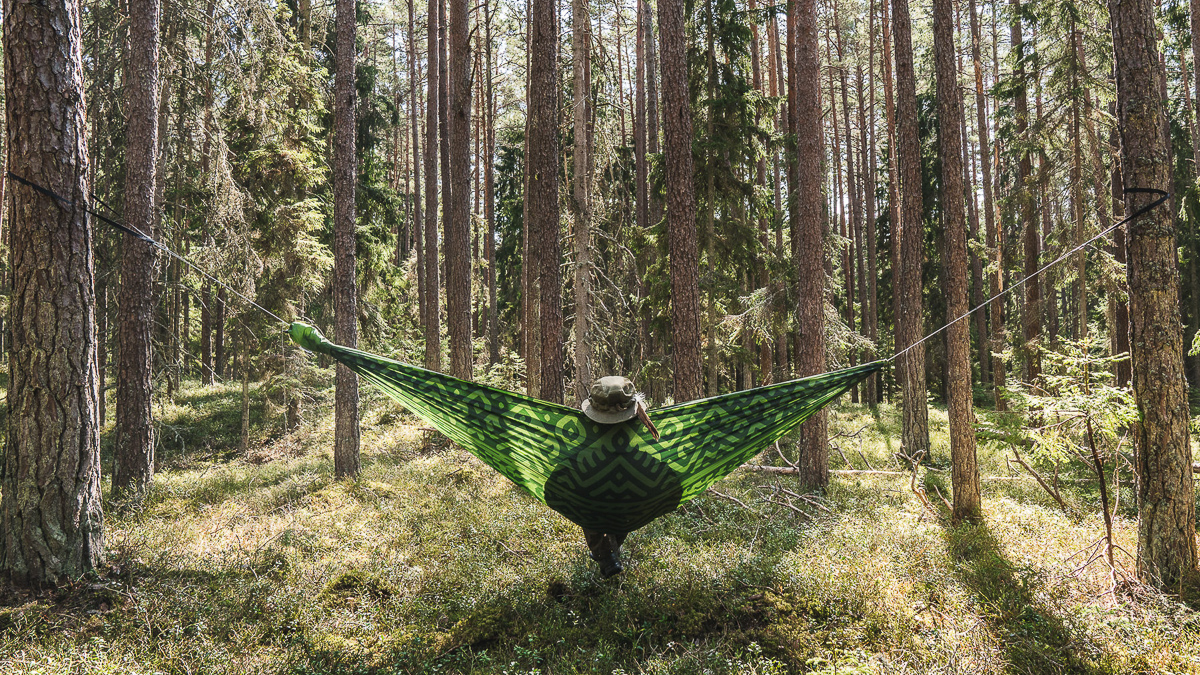
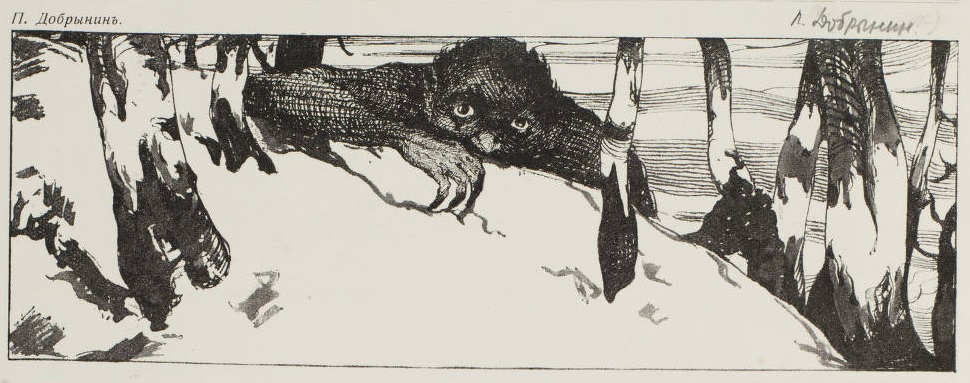
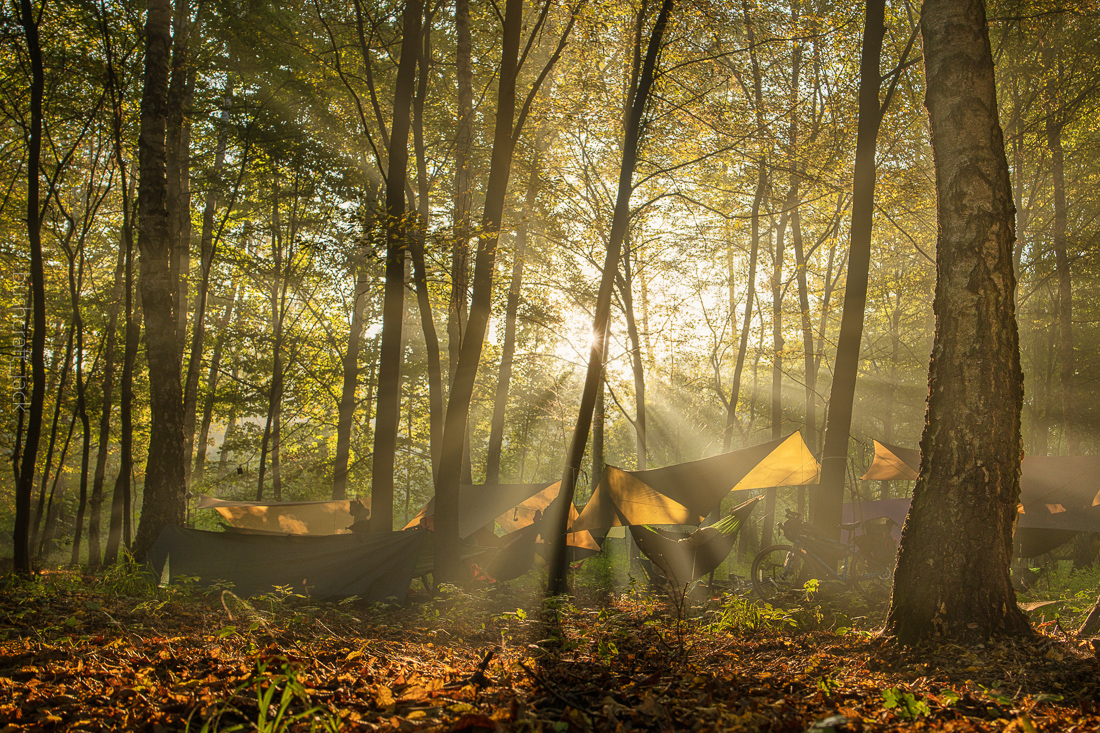
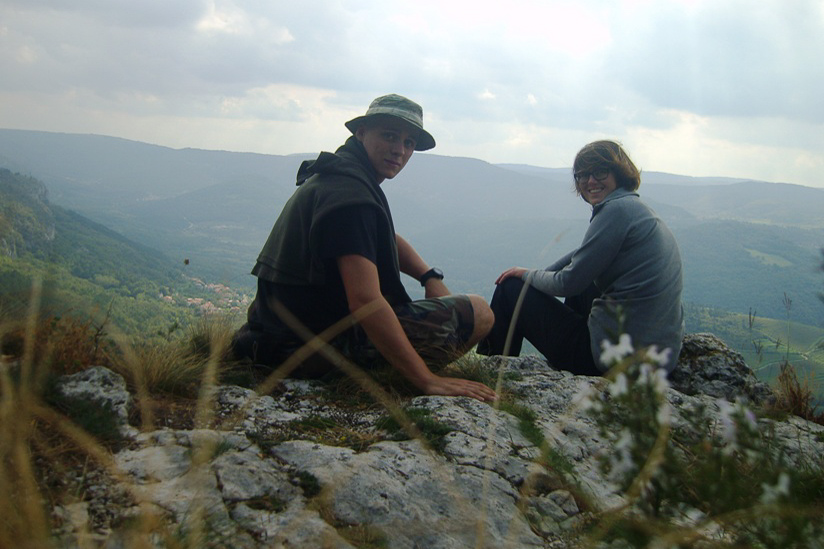
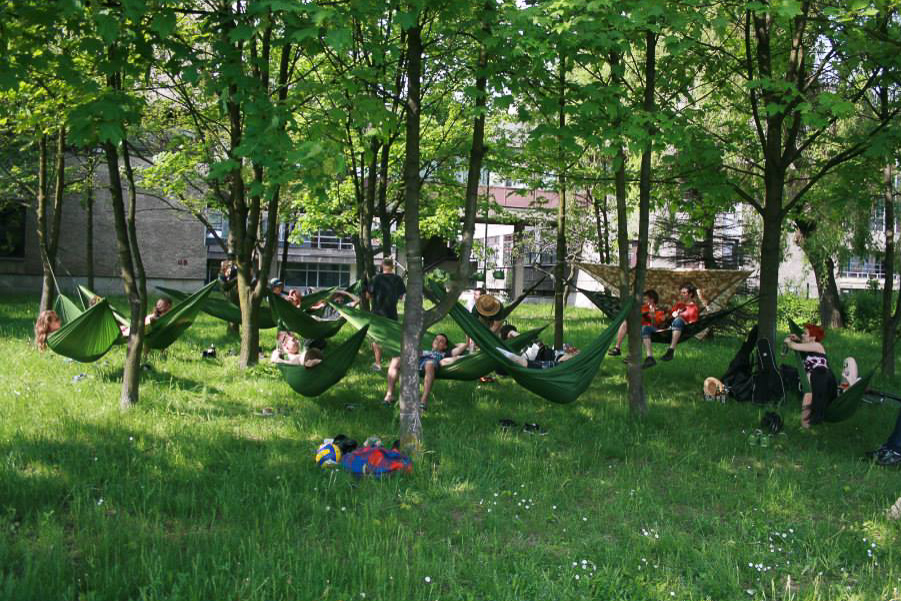
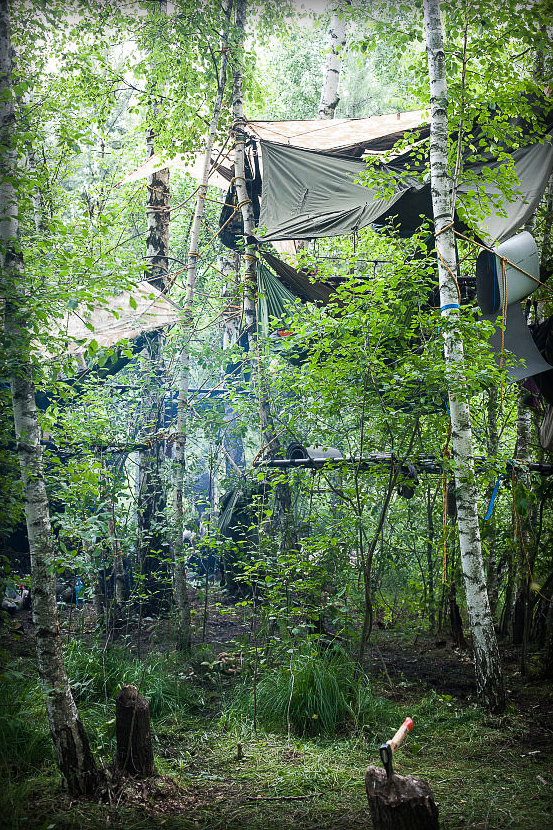
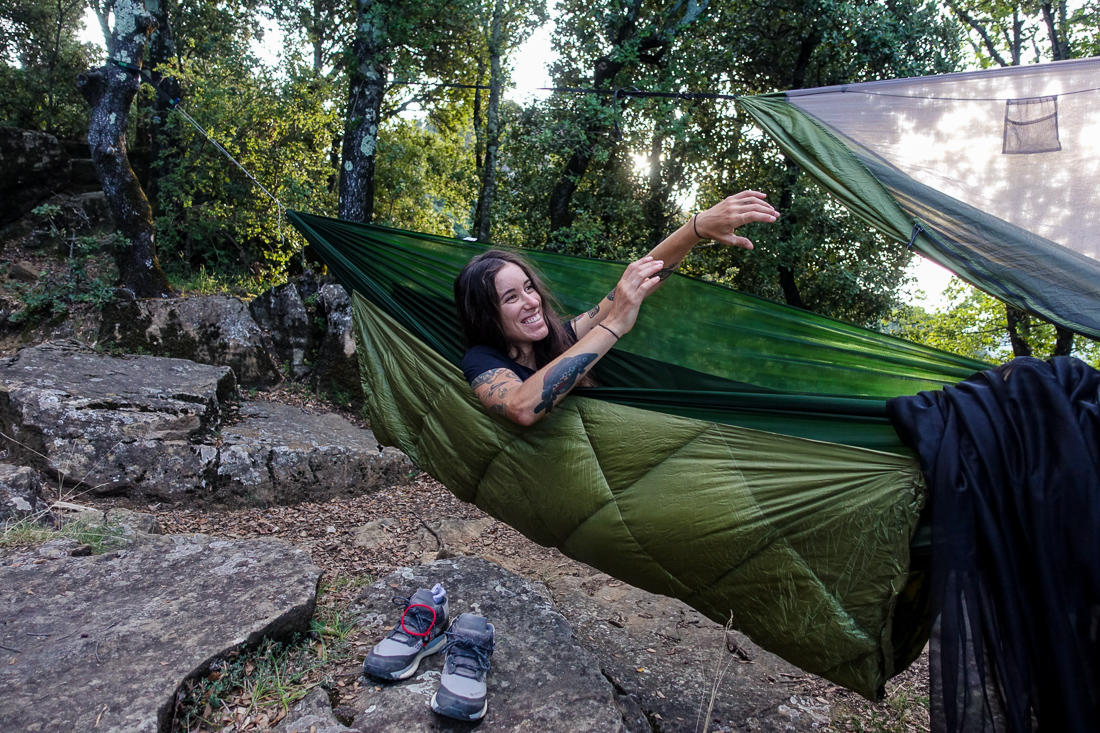
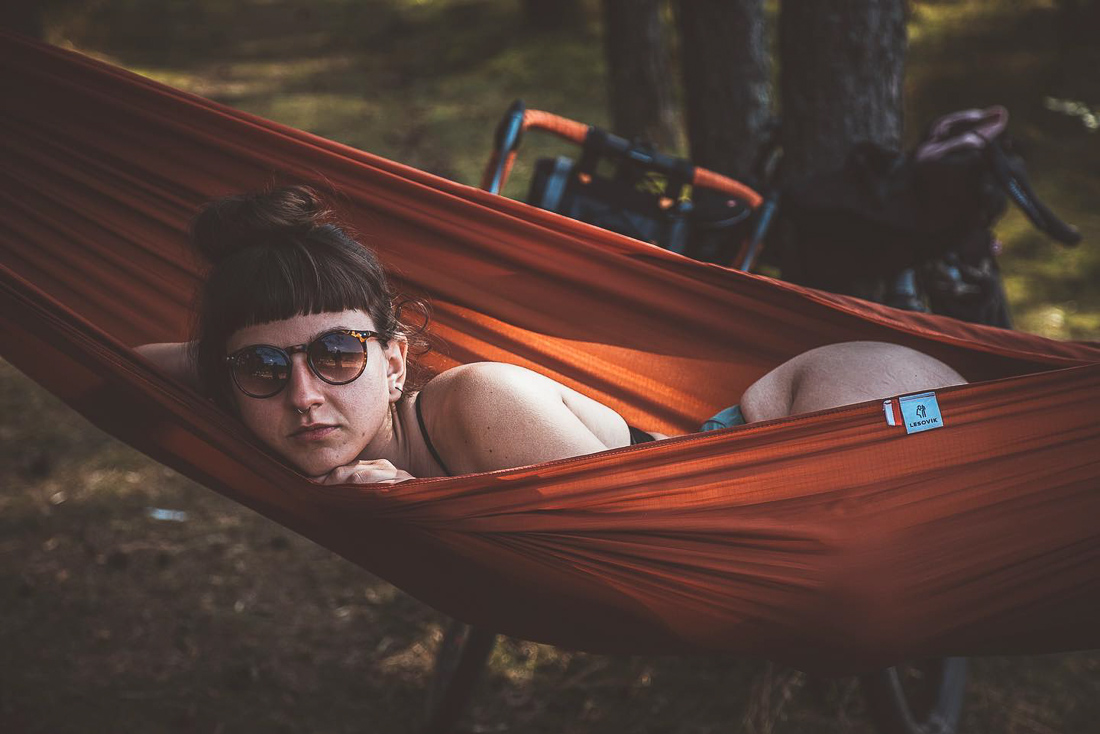
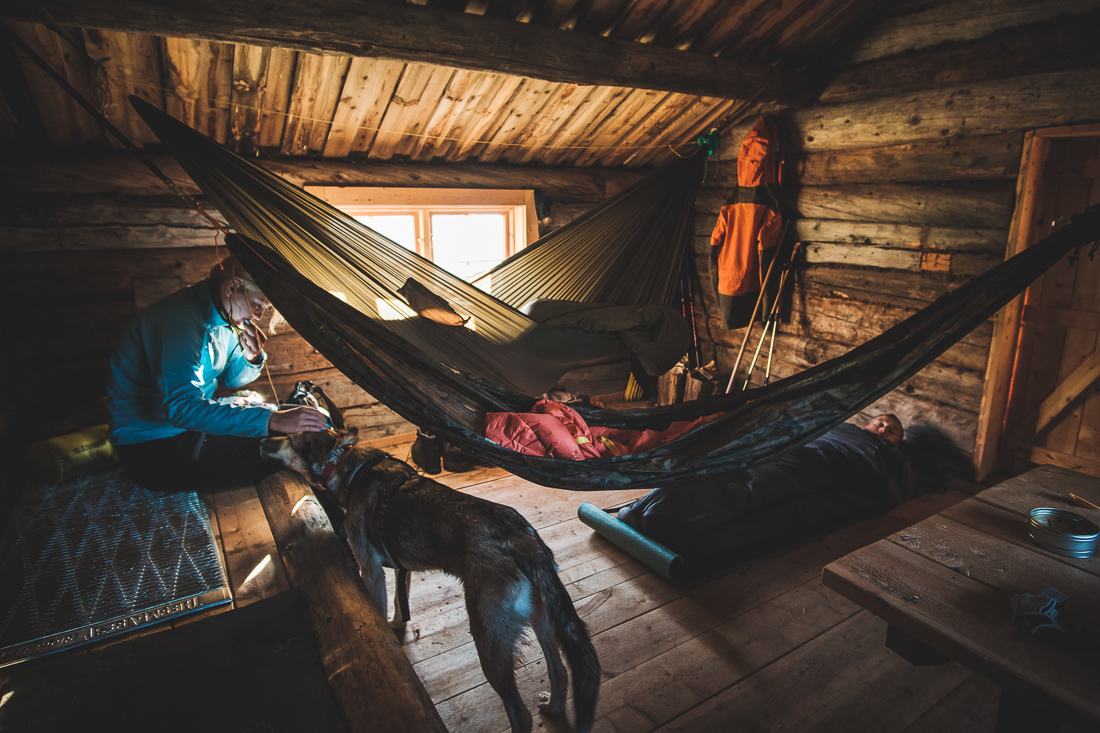
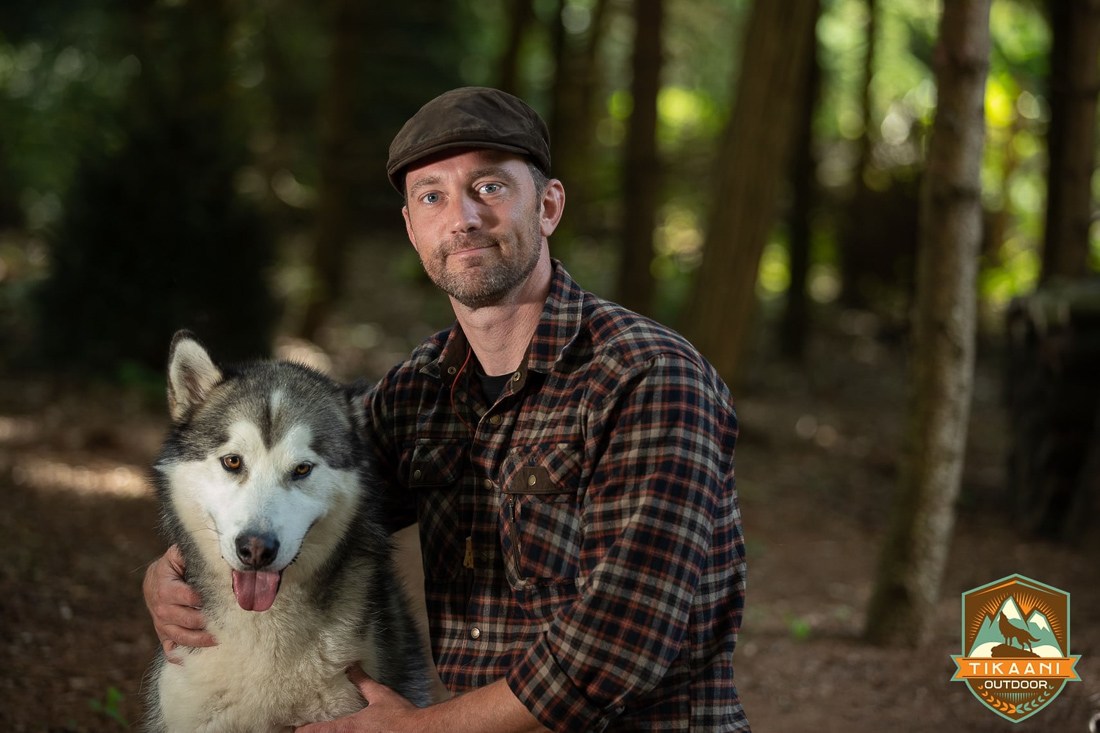
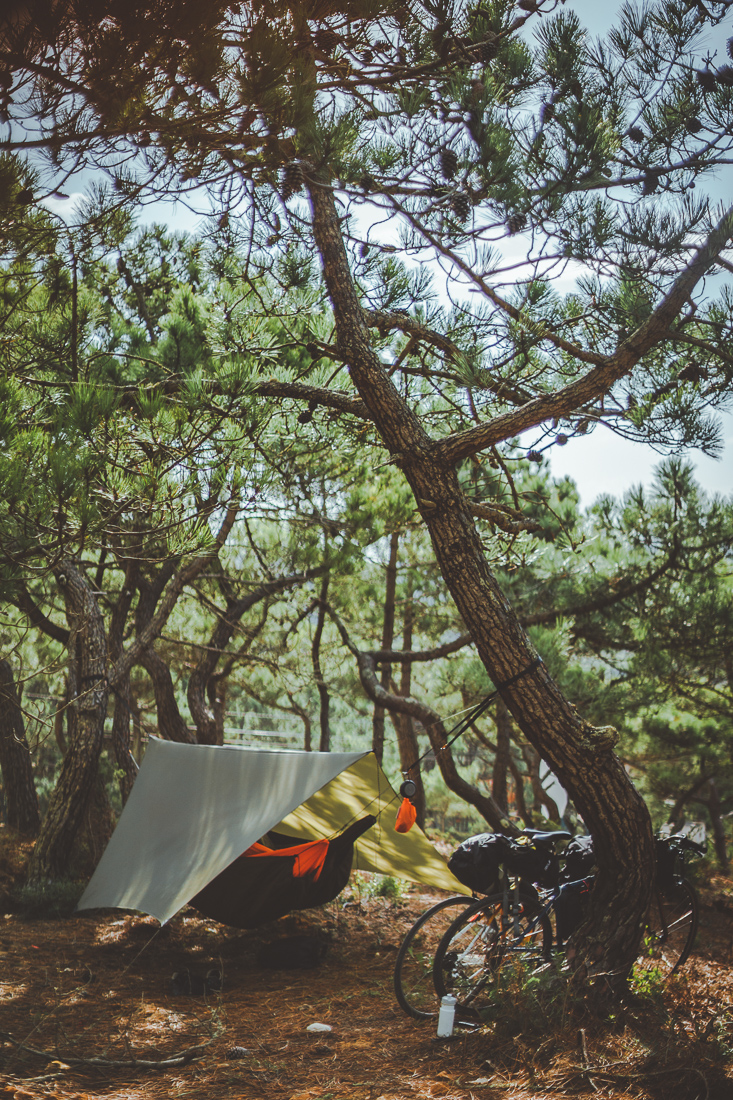
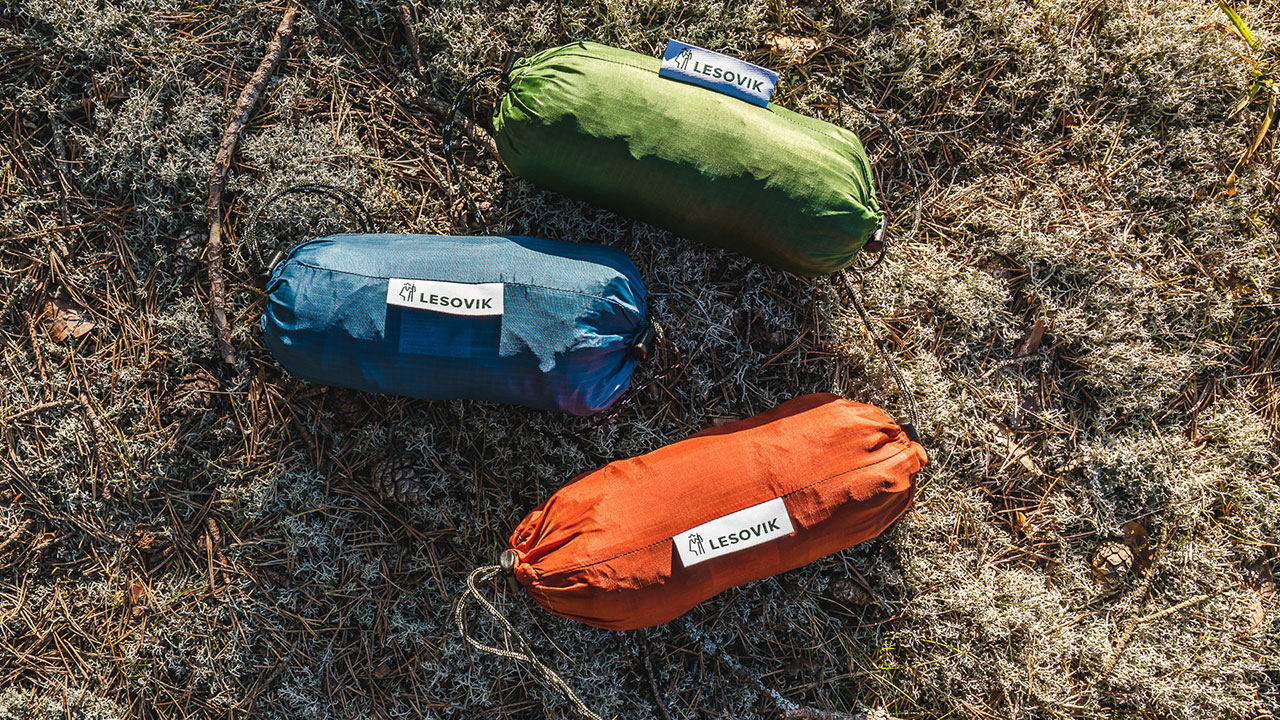
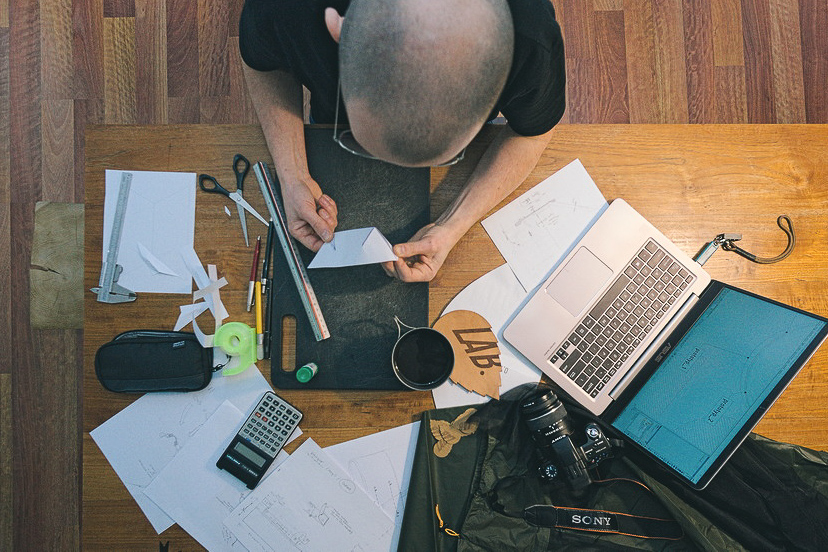
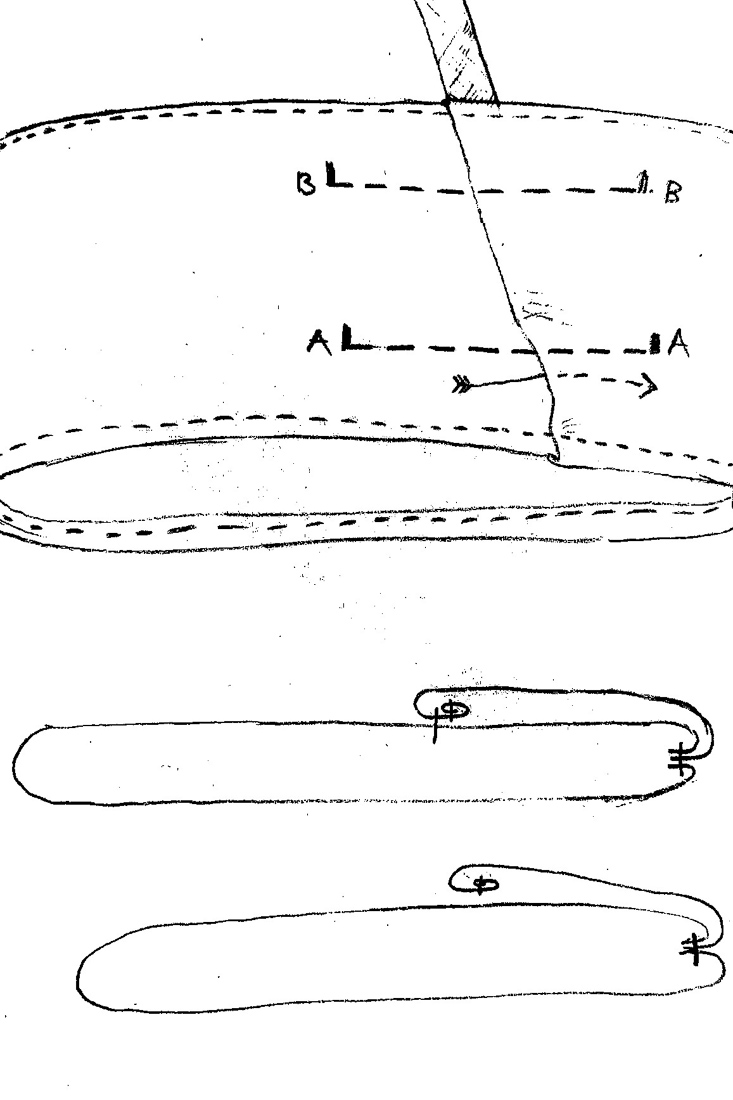
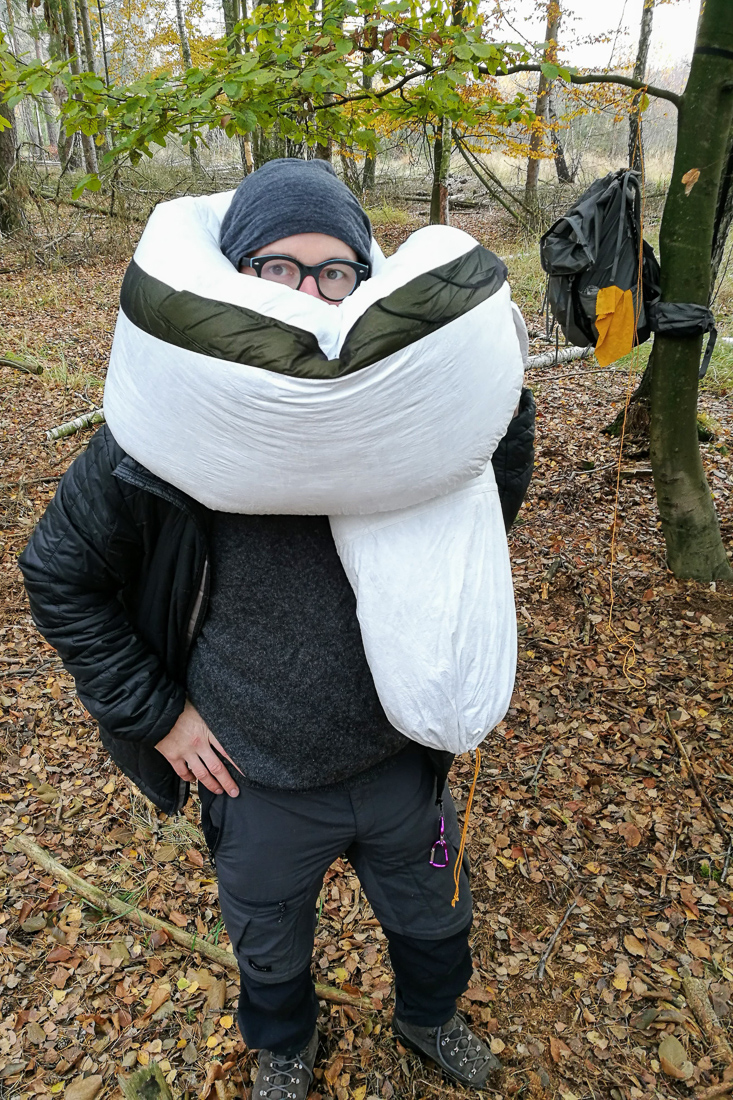
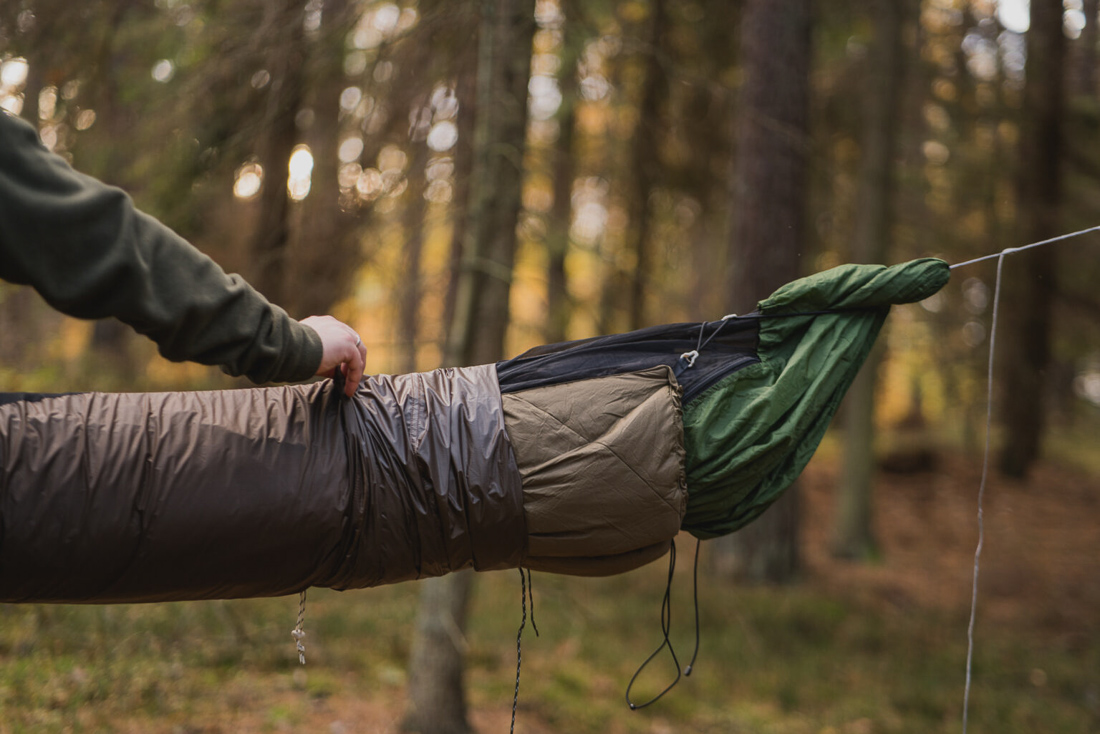
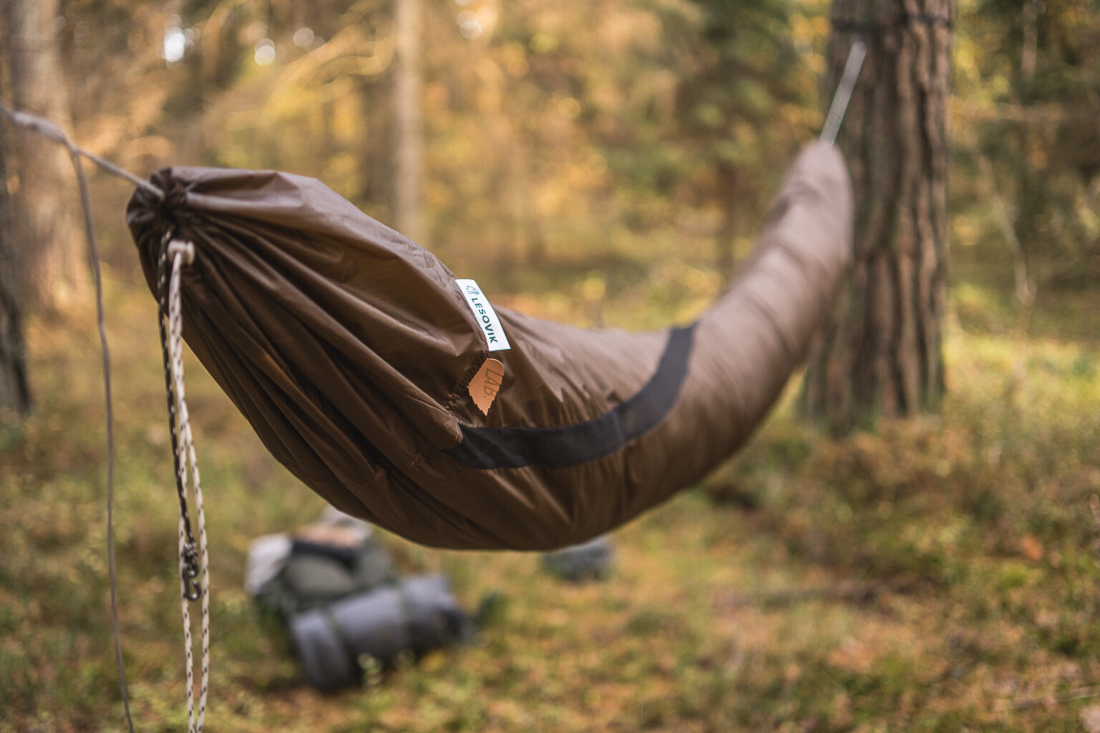
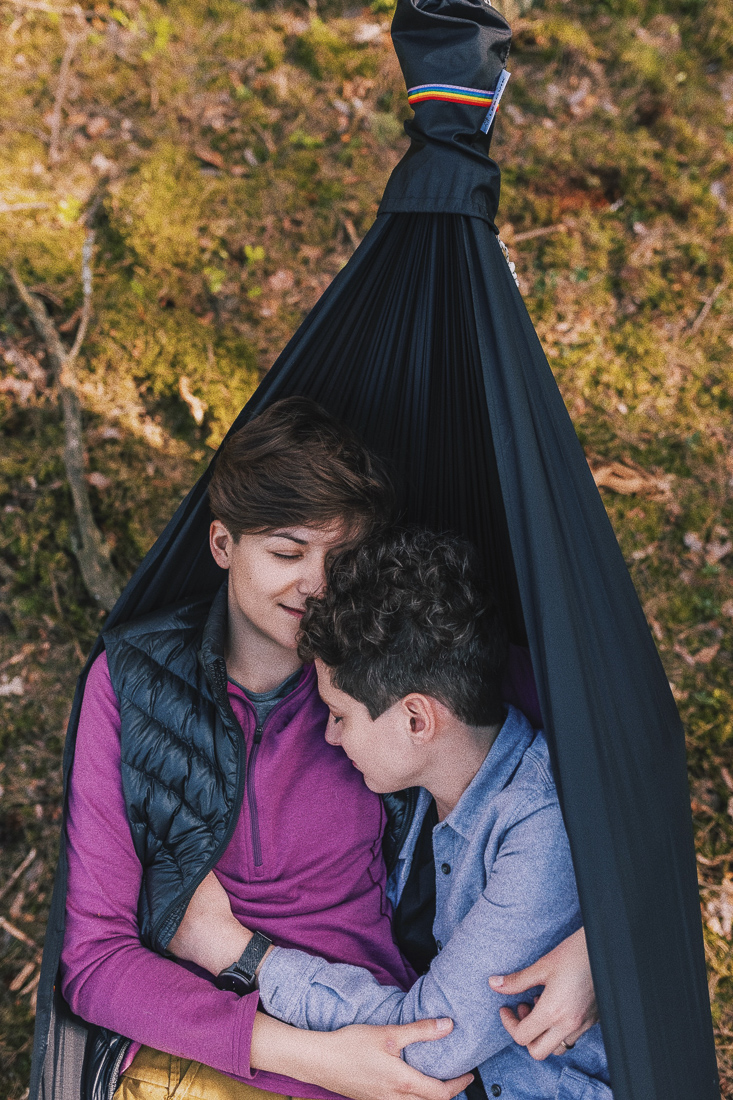
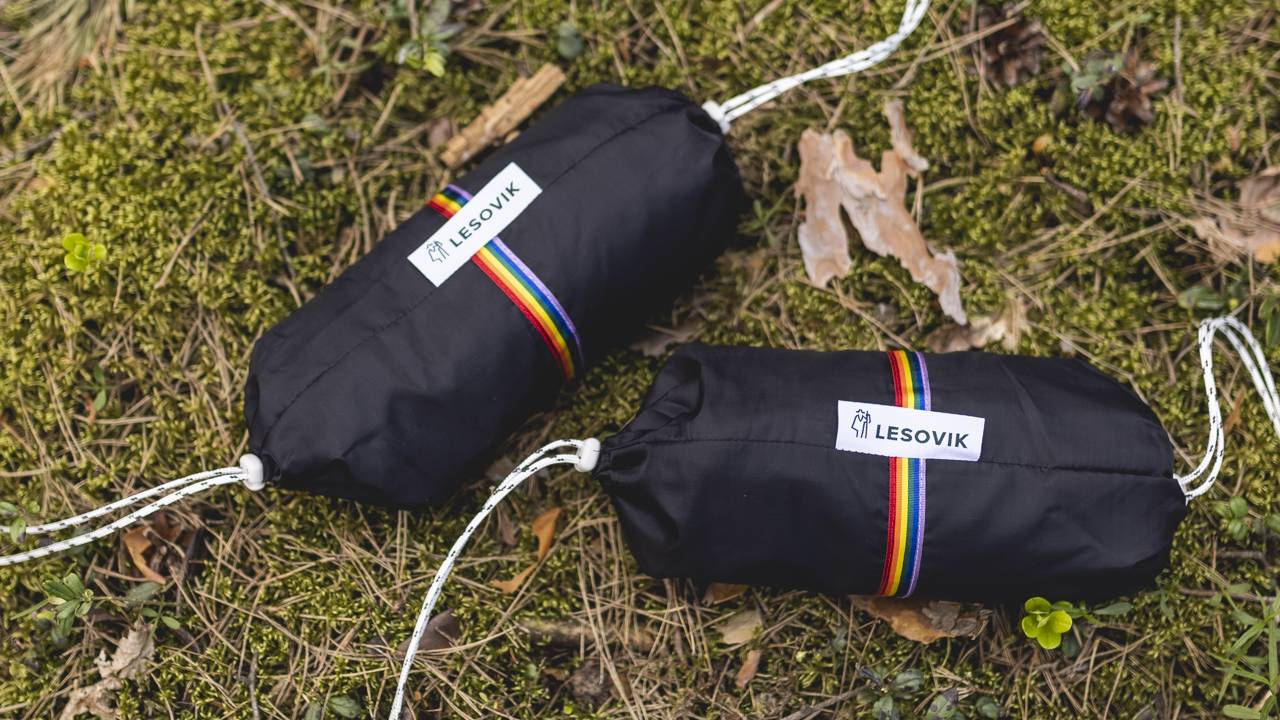
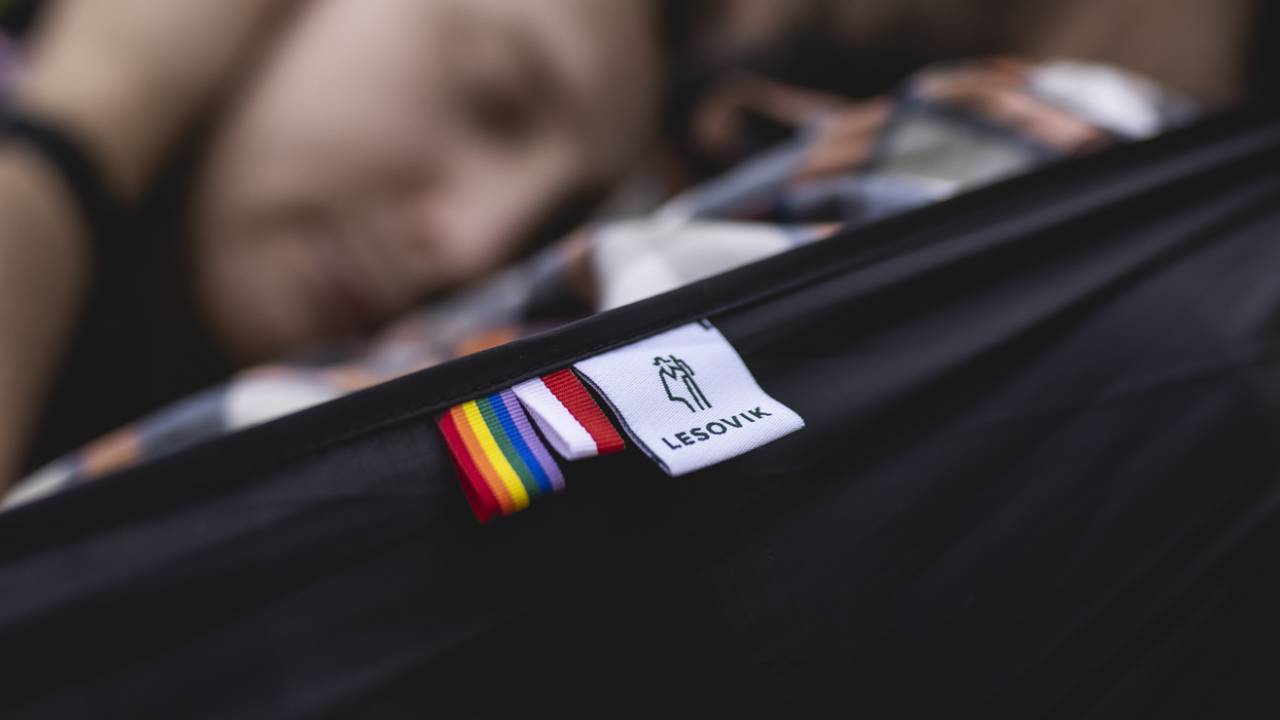
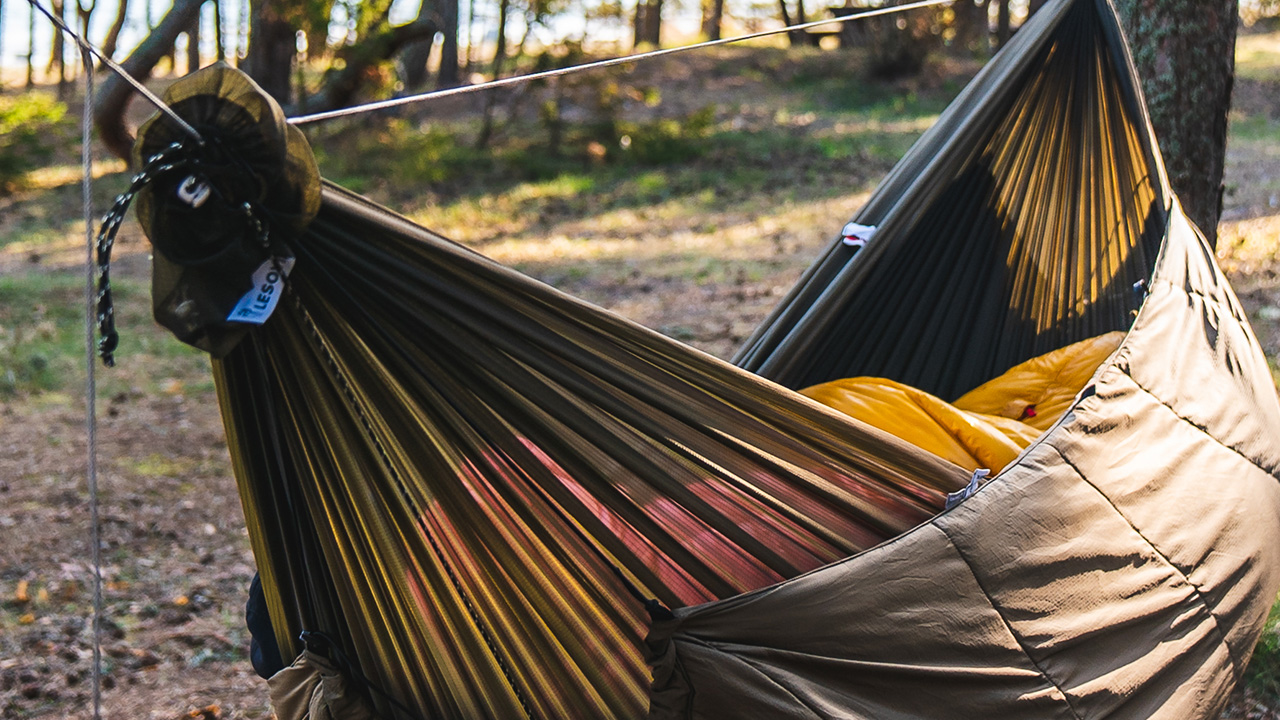
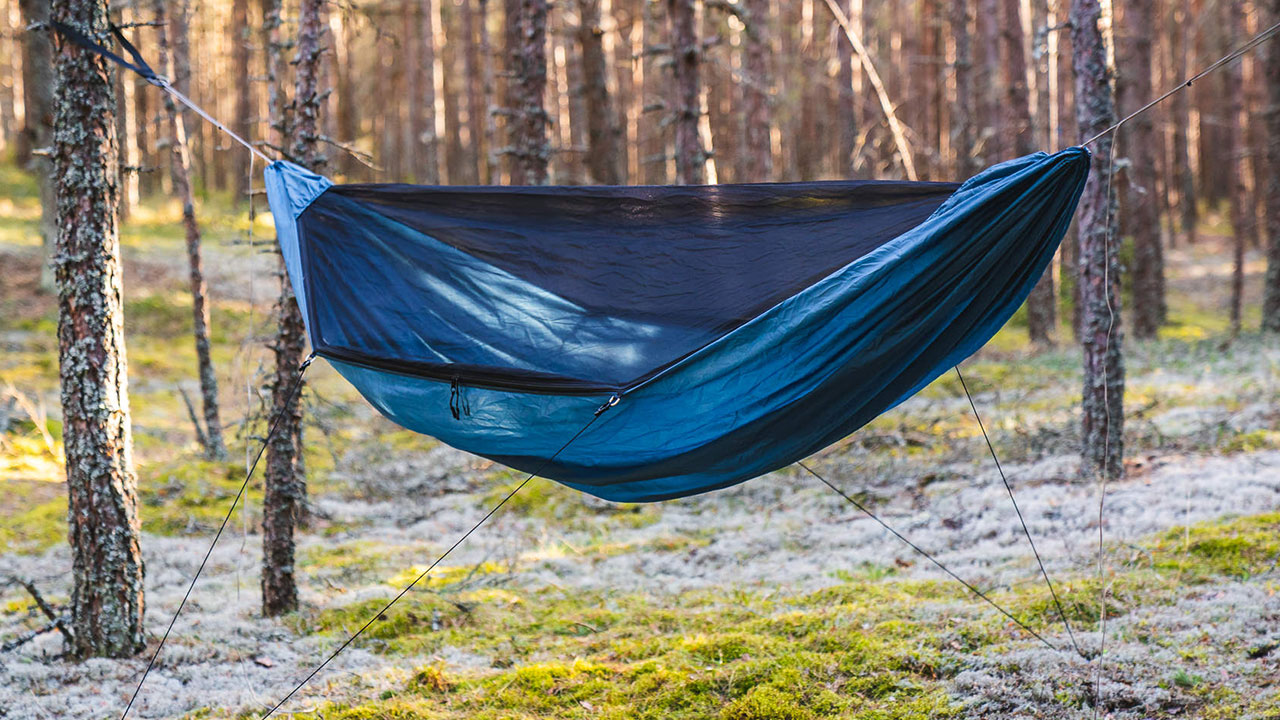
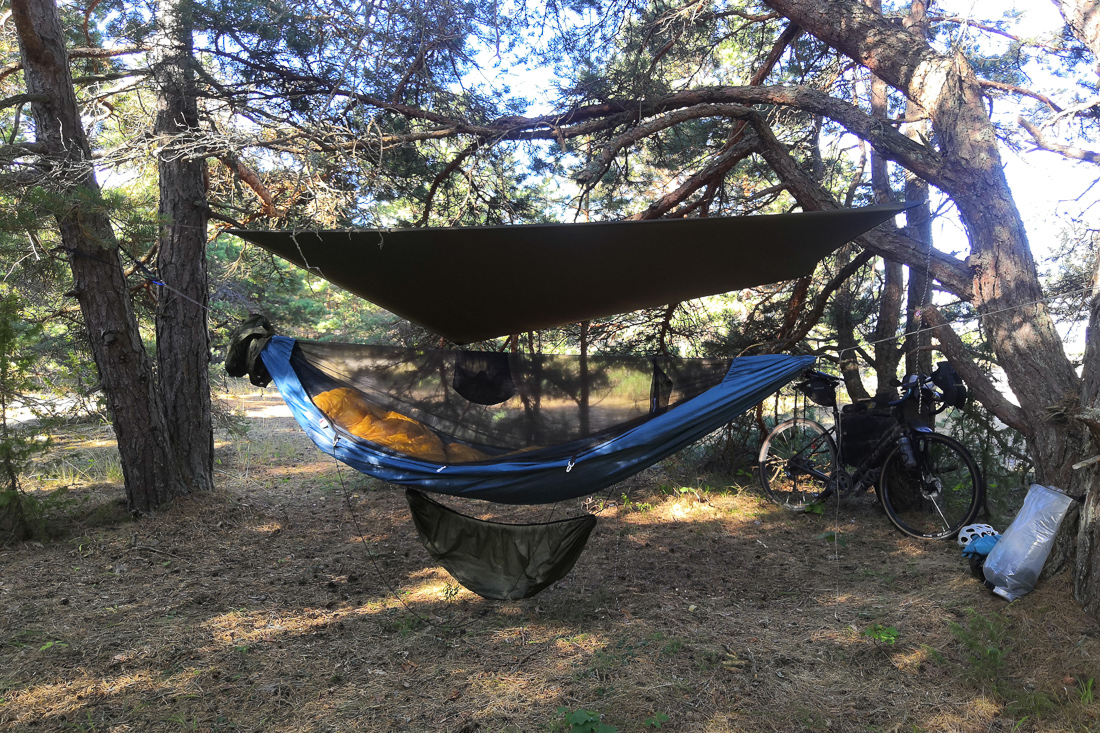
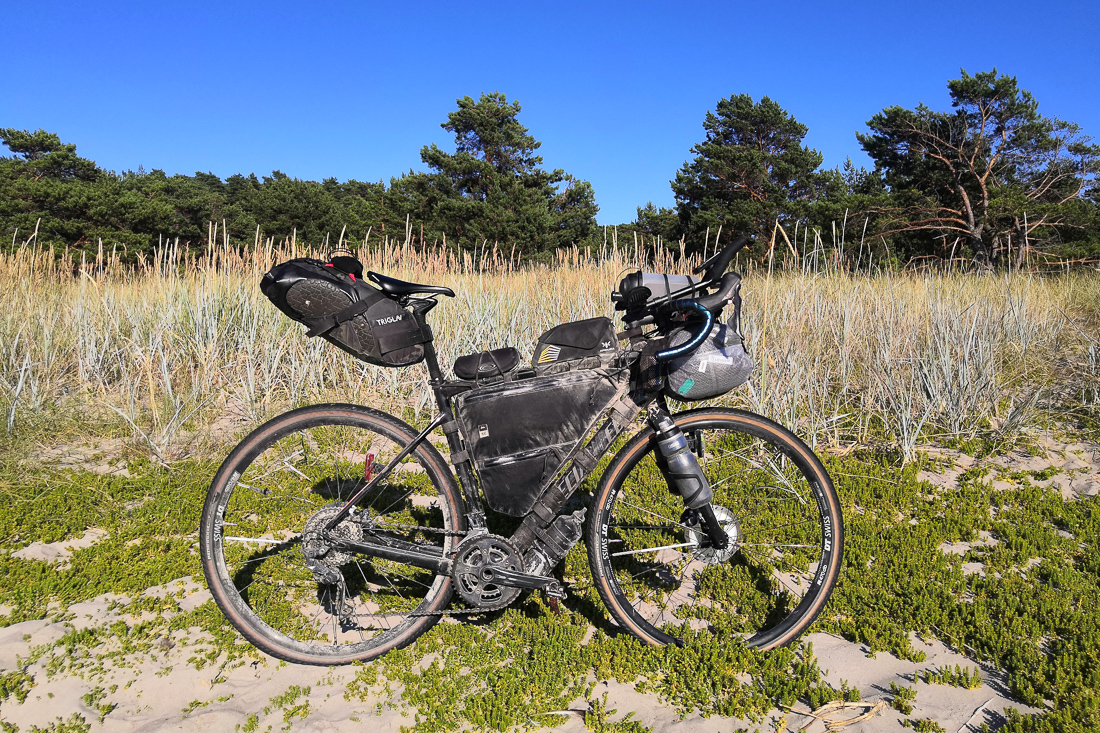
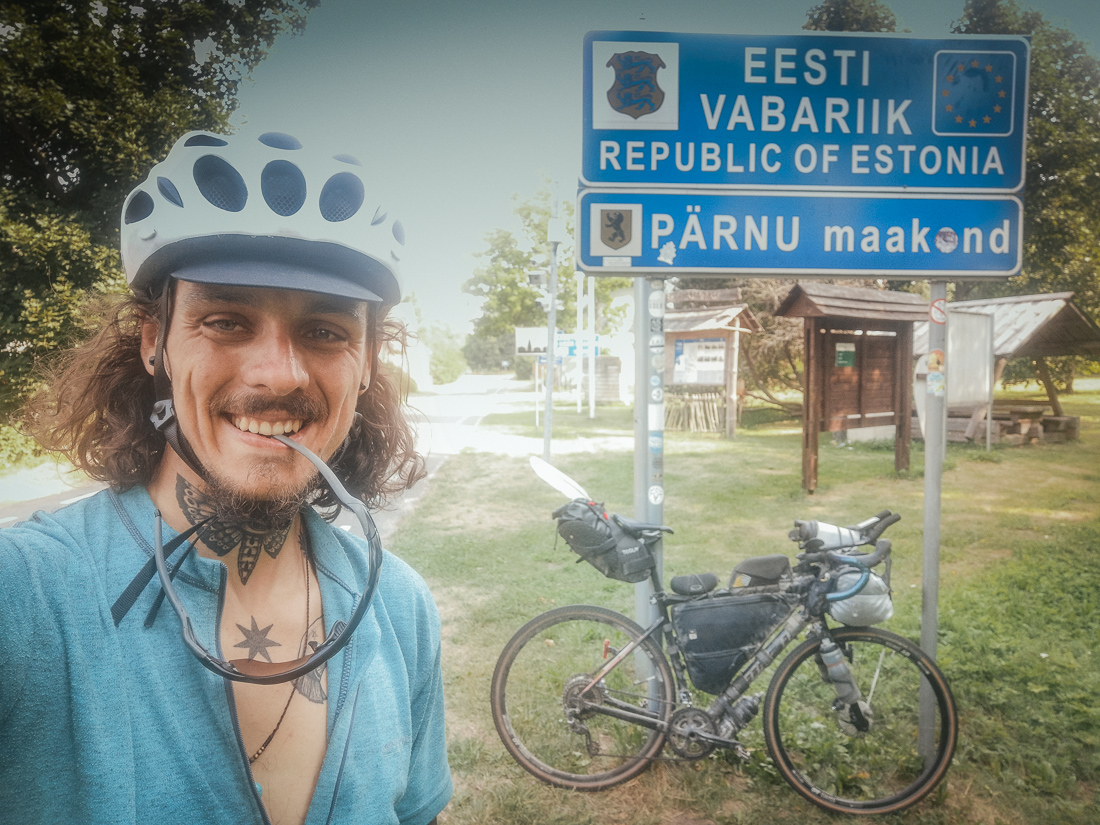
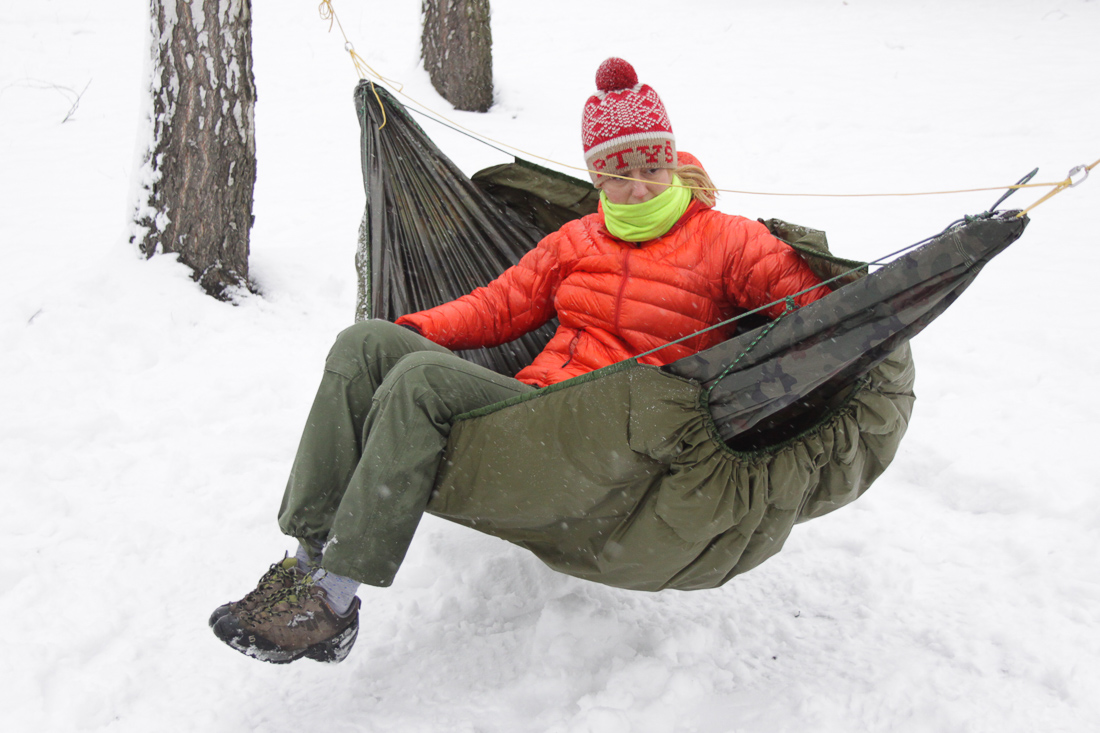
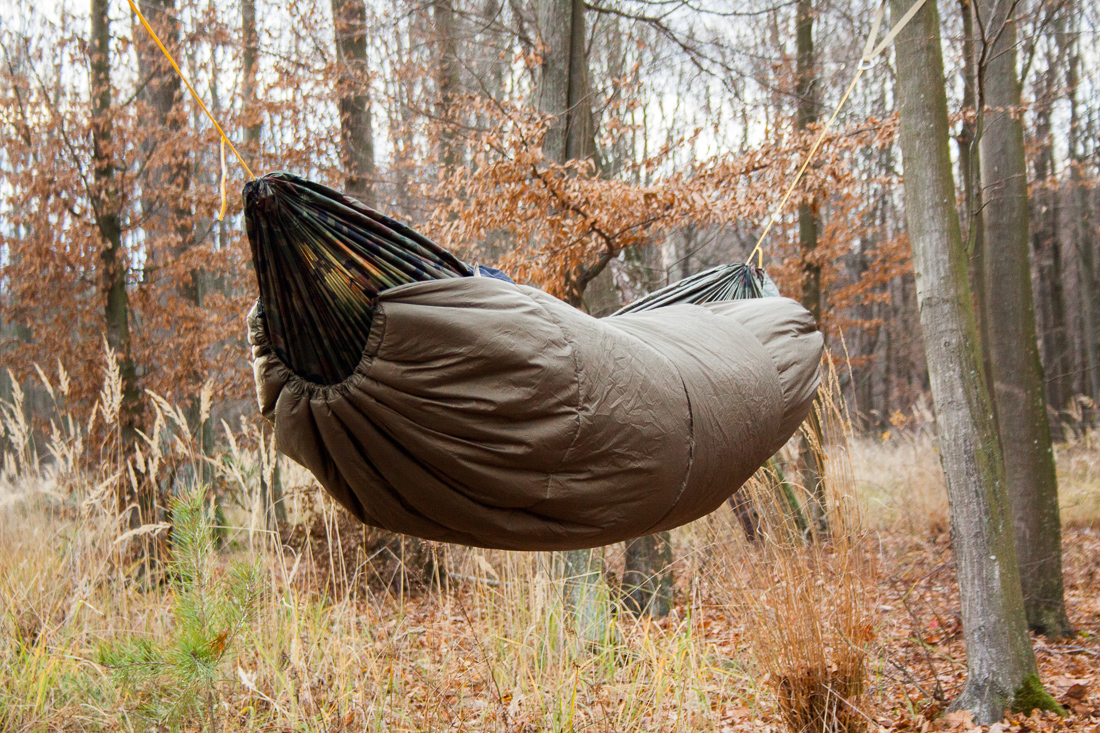
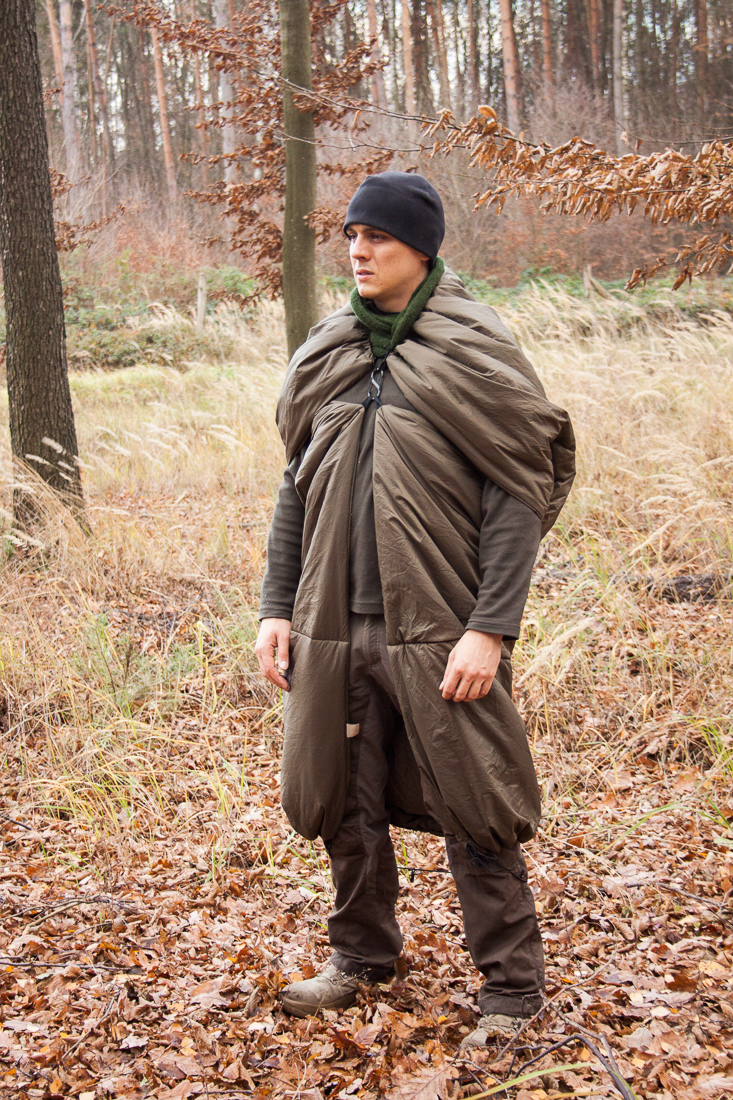
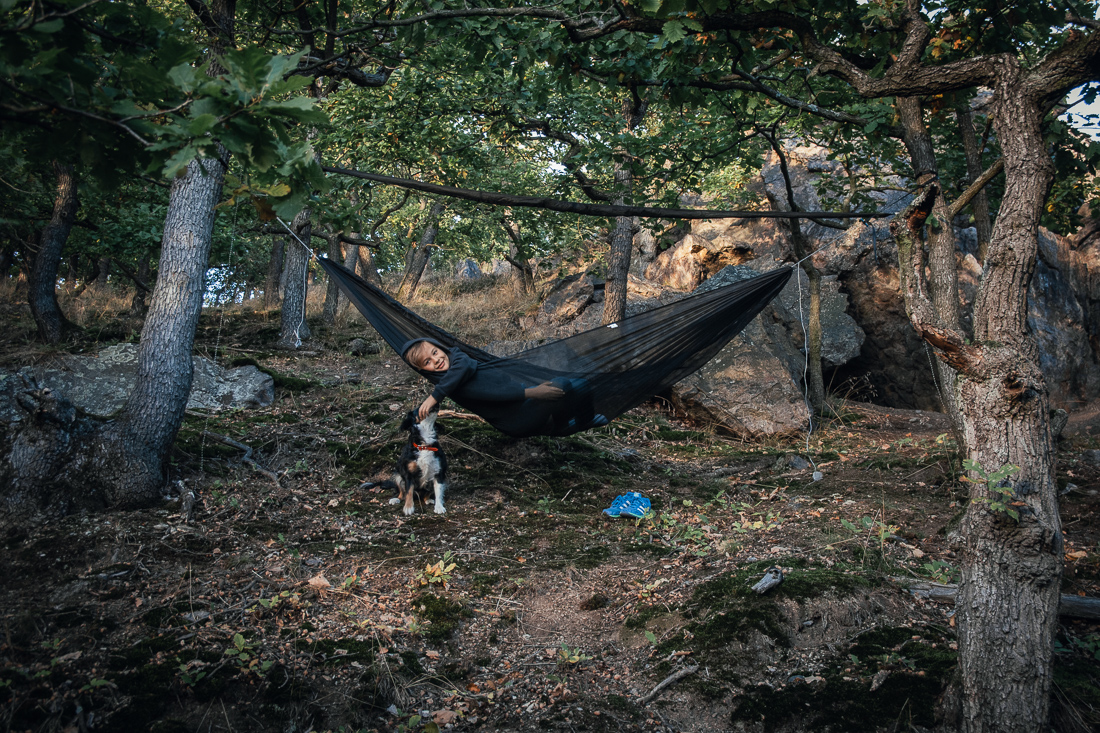
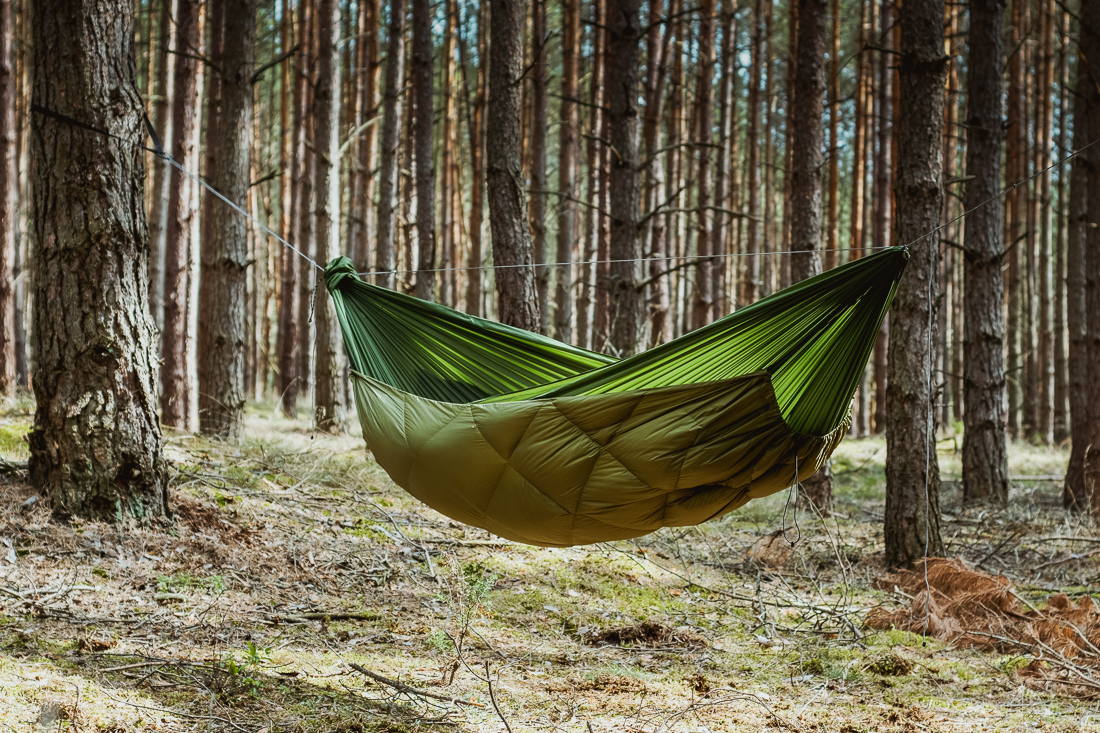
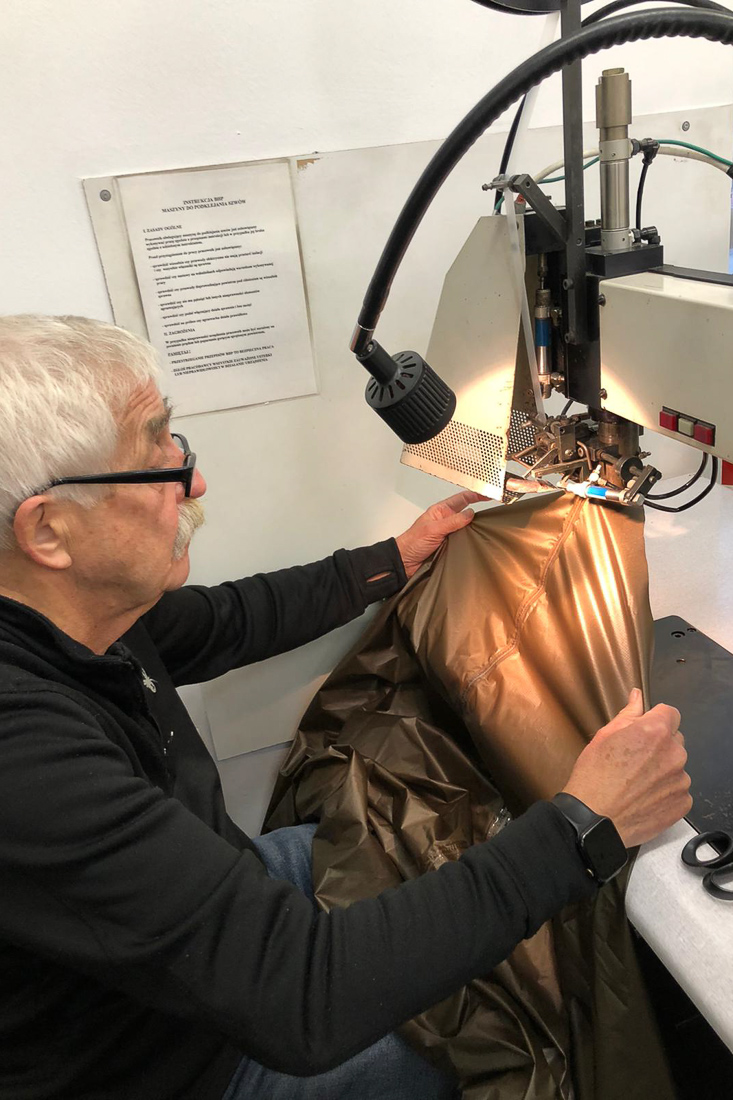
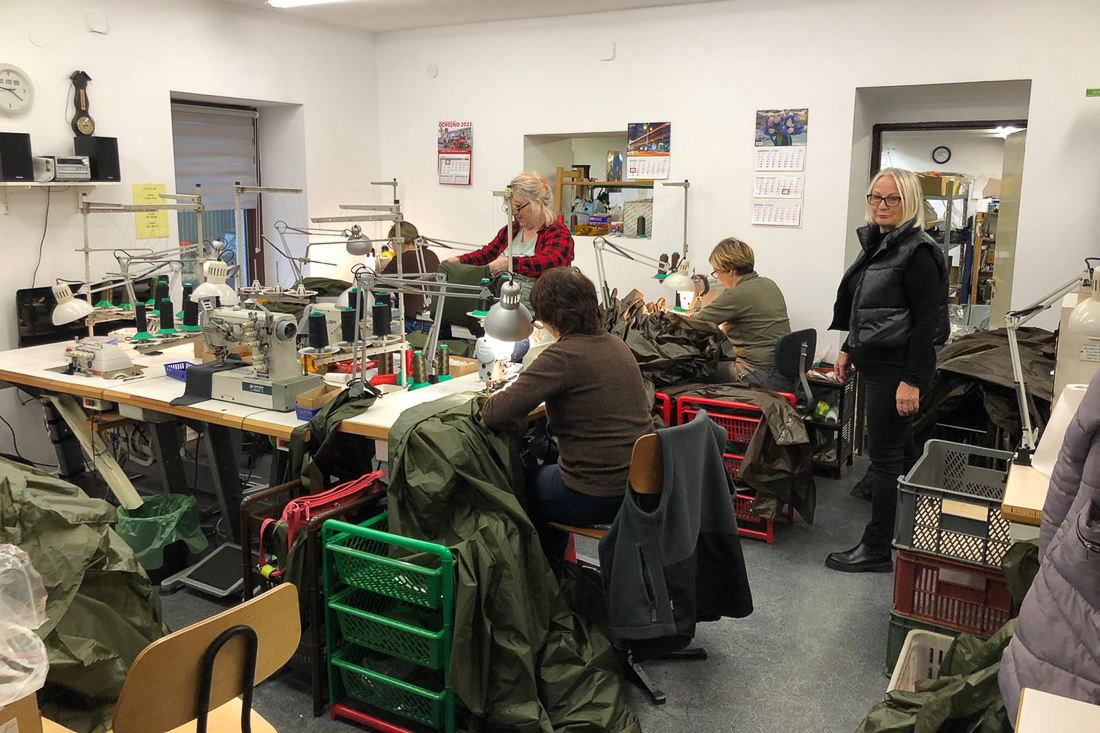
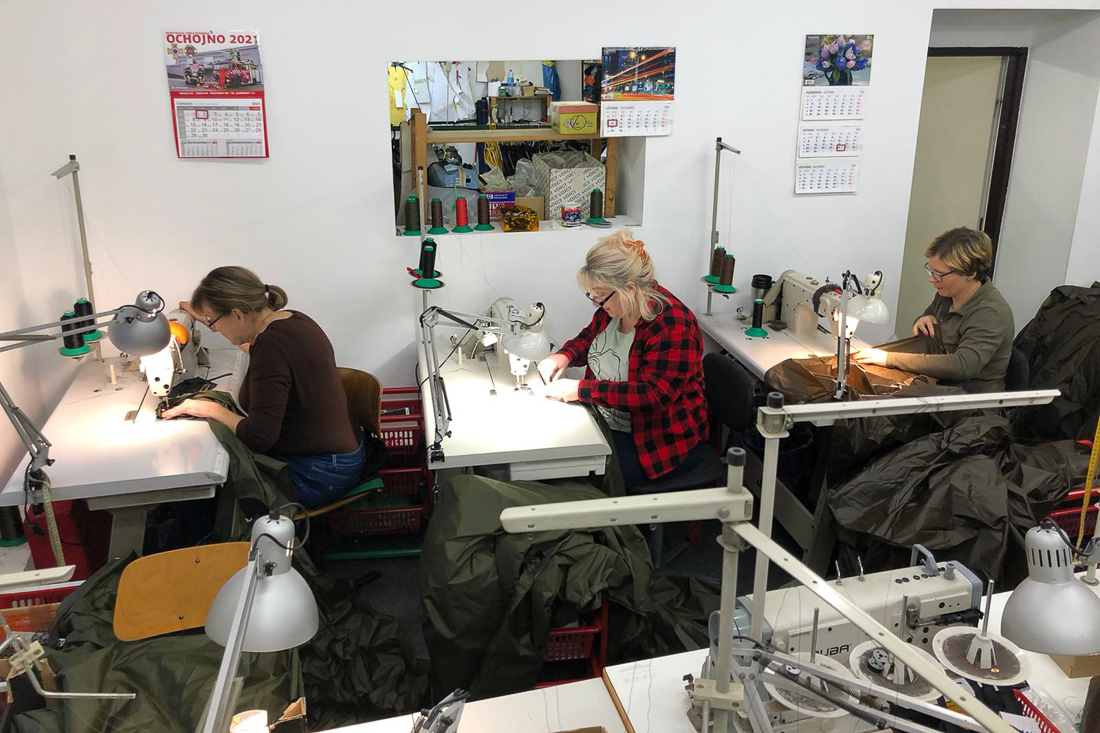
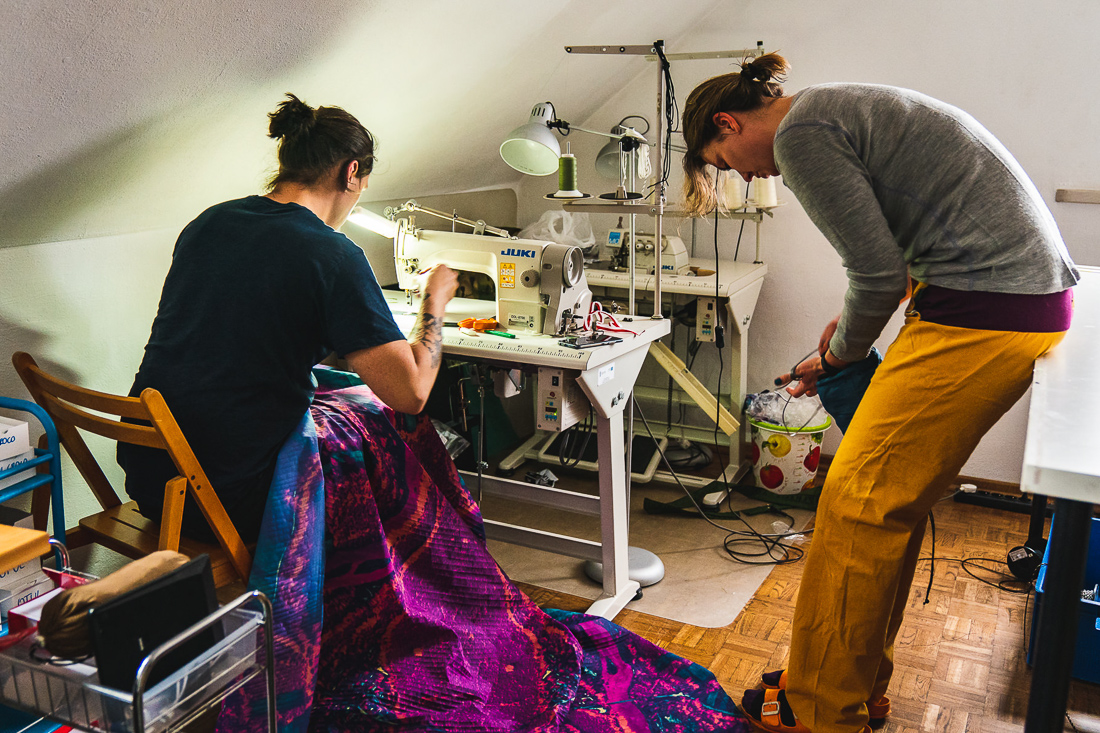
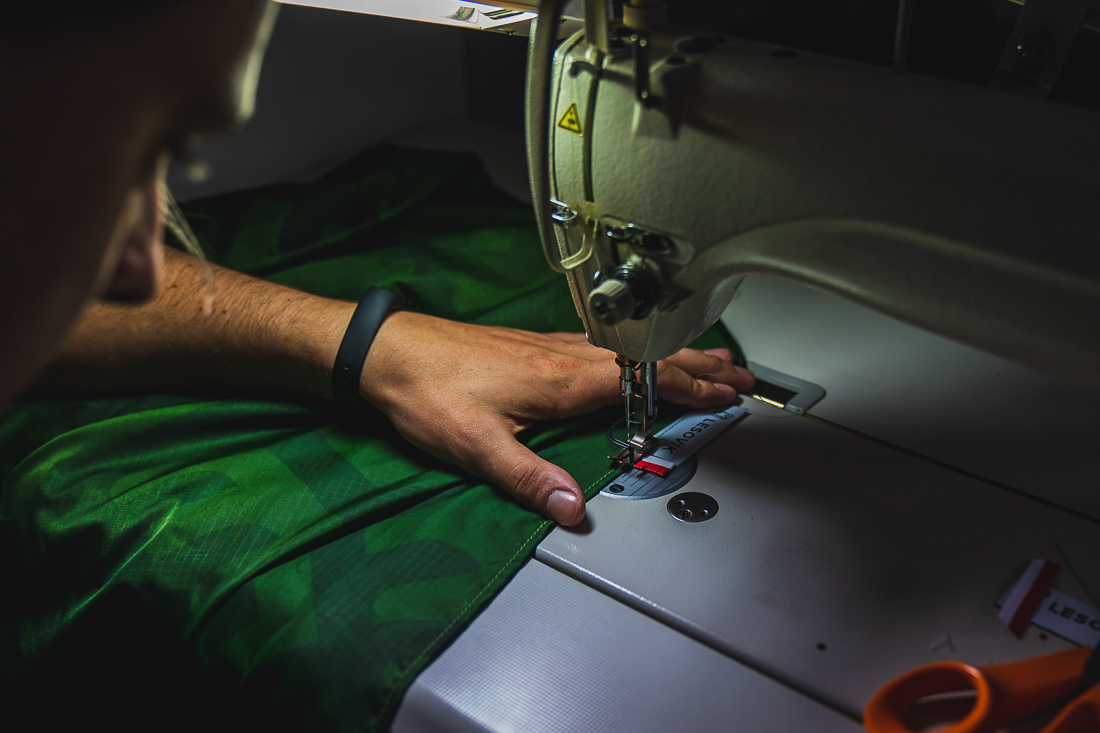
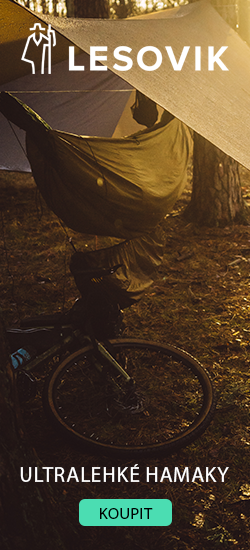
Discussion